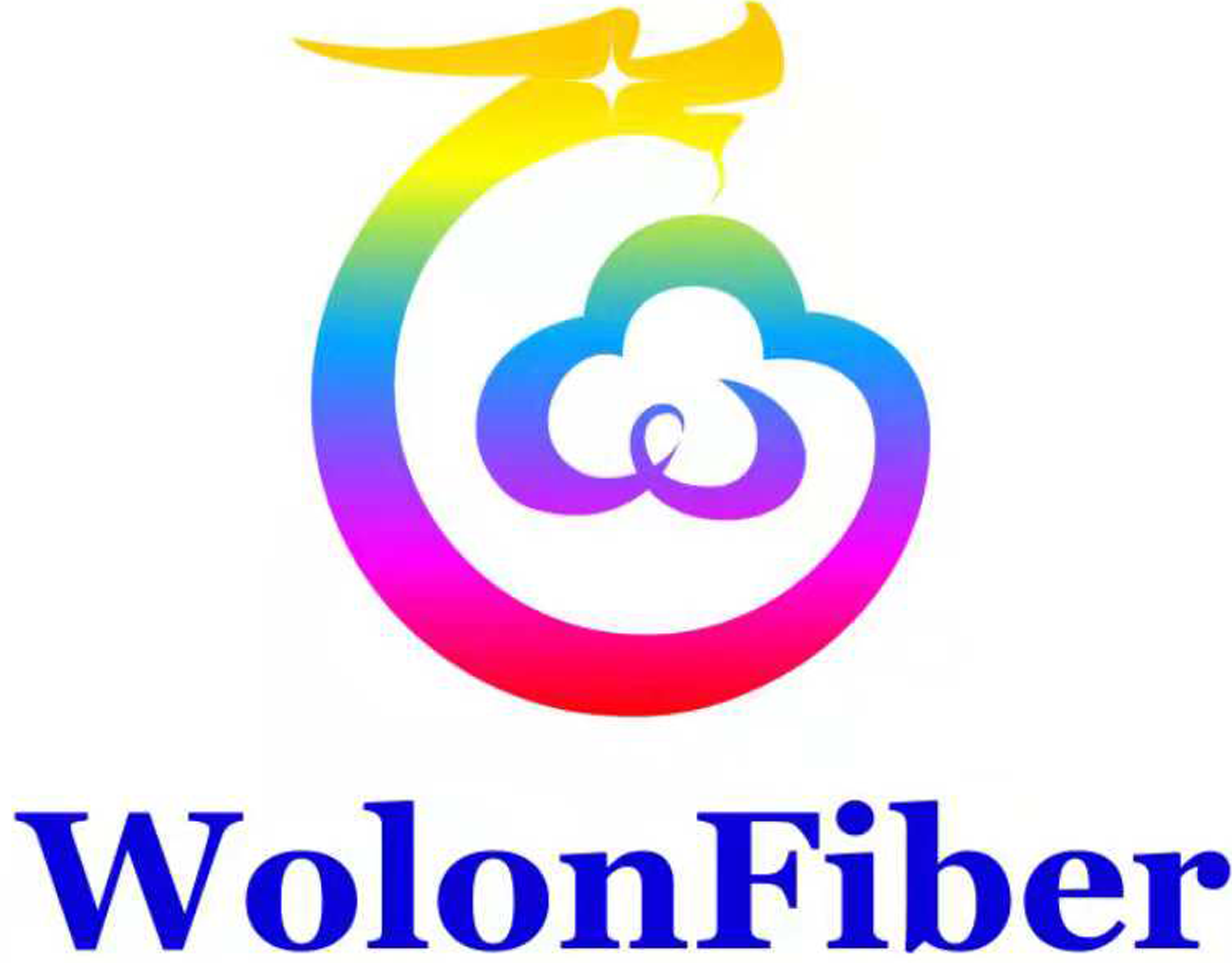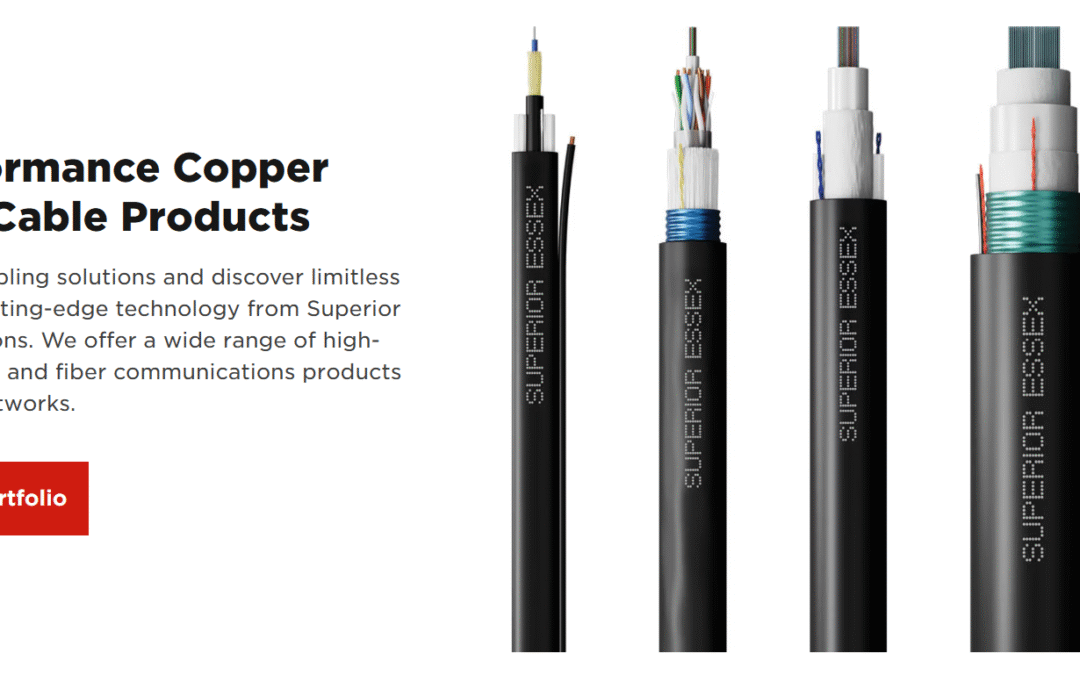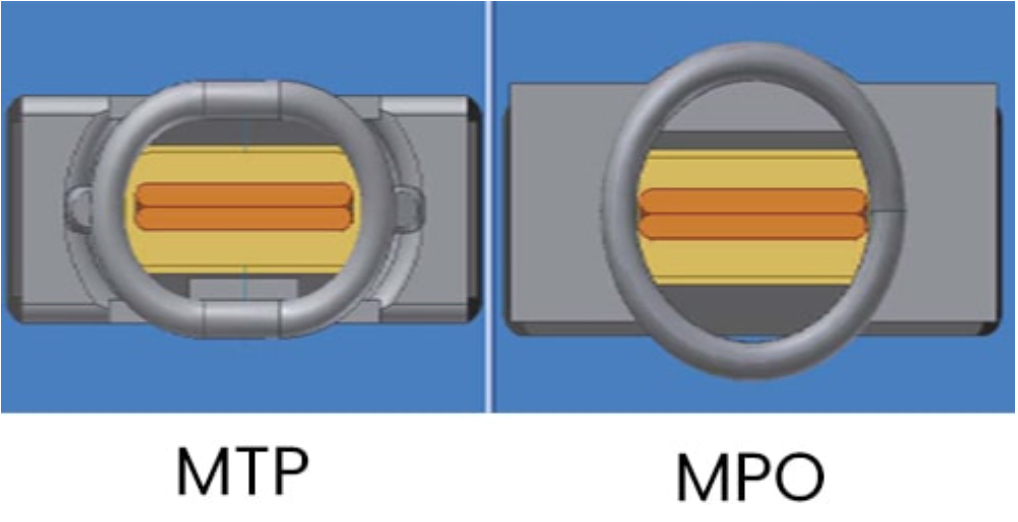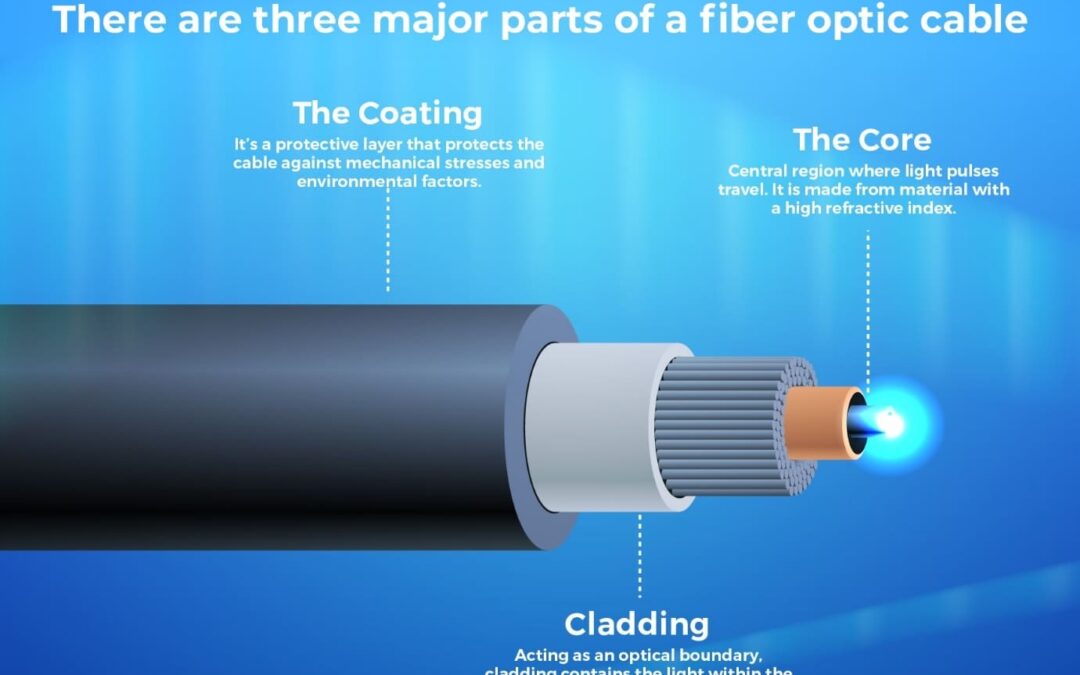You’ve got racks full of switches and servers, and you need a short‑reach link that won’t break the bank or introduce lag. That’s where Direct‑Attach Copper (DAC) cables shine. With almost zero latency, plug‑and‑play simplicity and attractive price tags, DAC cables are a go‑to for data centers, campus networks or any high‑speed environment within 10–15 m. But which one suits your setup? Let’s walk through the five main DAC cable types—no fluff, just the straight facts you’re really looking for.
1. Passive SFP+ DAC Cables
What they are:
Passive SFP+ DACs are simple, twinax copper cables with fixed SFP+ connectors on each end. They contain no embedded electronics or signal boosters.
Key benefits:
Lowest cost per meter: Ideal for budget‑conscious deployments
Ultra‑low latency: Direct copper path means minimal signal delay
Plug‑and‑play: No power required; compatible with standard SFP+ ports
Typical use cases:
10 Gbps links within a single rack
Top‑of‑rack switch to server connections up to 7 m
Pro tip: Use passive SFP+ DACs for distances under 5 m. Beyond that, signal integrity can suffer without active components.
2. Active SFP+ DAC Cables
What they are:
Active SFP+ DACs incorporate signal conditioning electronics—like equalizers and pre‑emphasis circuits—inside the connectors.
Key benefits:
Extended reach: Reliable performance up to 15 m or more
Improved signal integrity: Cleaner eye‑diagrams make for fewer errors
Backward compatibility: Often work with a wider range of switches
Typical use cases:
10 Gbps links between racks or across aisle spaces (5 m–15 m)
Environments with higher crosstalk or EMI concerns
SEO insight: Users searching “10G DAC cable longer distance” are likely looking for active DAC solutions.
3. Passive QSFP+ DAC Cables
What they are:
Passive QSFP+ DACs follow the same twinax copper design but use QSFP+ connectors to deliver 40 Gbps aggregated bandwidth.
Key benefits:
Cost‑effective 40 GbE: Cheapest way to link QSFP+ ports at short range
Low latency: Essential in high‑performance computing and financial trading
Simple management: No firmware or power draw from the host
Typical use cases:
40 Gbps uplinks between top‑of‑rack and spine switches
Short backplane links inside blade chassis
User question answered: “How do I get 40 Gbps without optics?” Passive QSFP+ DAC is the go‑to choice.
4. Active QSFP+ DAC Cables
What they are:
These cables include built‑in retimers and signal conditioners to guarantee error‑free 40 Gbps transmission over longer copper runs.
Key benefits:
Extended length: Reliable performance up to 7–10 m
Robust against interference: Maintains signal integrity in noisy racks
Transparent to management: Host devices see them as standard QSFP+
Typical use cases:
40 GbE links between adjacent racks (> 5 m)
Data center hot aisles where cable trays introduce additional stress
SEO angle: Keywords like “40G active DAC cable” help users find longer‑reach options.
5. QSFP+‑to‑4×SFP+ Breakout DAC Cables
What they are:
Also called fan‑out or splitter DACs, these assemblies break a single 40 Gbps QSFP+ port into four independent 10 Gbps SFP+ connections.
Key benefits:
Port consolidation: One QSFP+ port serves four servers or switches
Simplified cabling: Reduces the number of transceivers needed
Flexibility: Mix and match 10 GbE links without extra optics
Typical use cases:
Connecting four top‑of‑rack servers to a single spine switch port
Migrating from 10 GbE to 40 GbE without re‑cabling everything
User need: “Can I split a 40G port into multiple 10G links?” Breakout DACs are the answer.
Picking Your DAC in Four Easy Steps
-
Check port types: SFP+ vs. QSFP+—match to your switch and NIC.
-
Measure the gap: Under 5 m? Go passive. Need 5–15 m? Go active.
-
Confirm compatibility: Some vendors lock their ports—ask before you buy.
-
Think ahead: If 25 GbE or 100 GbE is on the horizon, plan for QSFP28 slots.
Conclusion
Direct Attach Copper (DAC) cables quietly power today’s data centers: compact, cost‑effective, and built to handle high‑speed traffic without drama. Pick passive SFP+ DACs when you need simple, plug‑and‑play links under 5 m. Choose active DACs to sustain clean signals across longer rack‑to‑rack runs. Or go with breakout DACs to split one port into multiple 10 Gbps or 40 Gbps connections and maximize your switch density. In every scenario, DAC cables accelerate deployment, cut latency, simplify management, and keep your budget in check—making them the go‑to choice for scalable, hassle‑free networking.












0 Comments